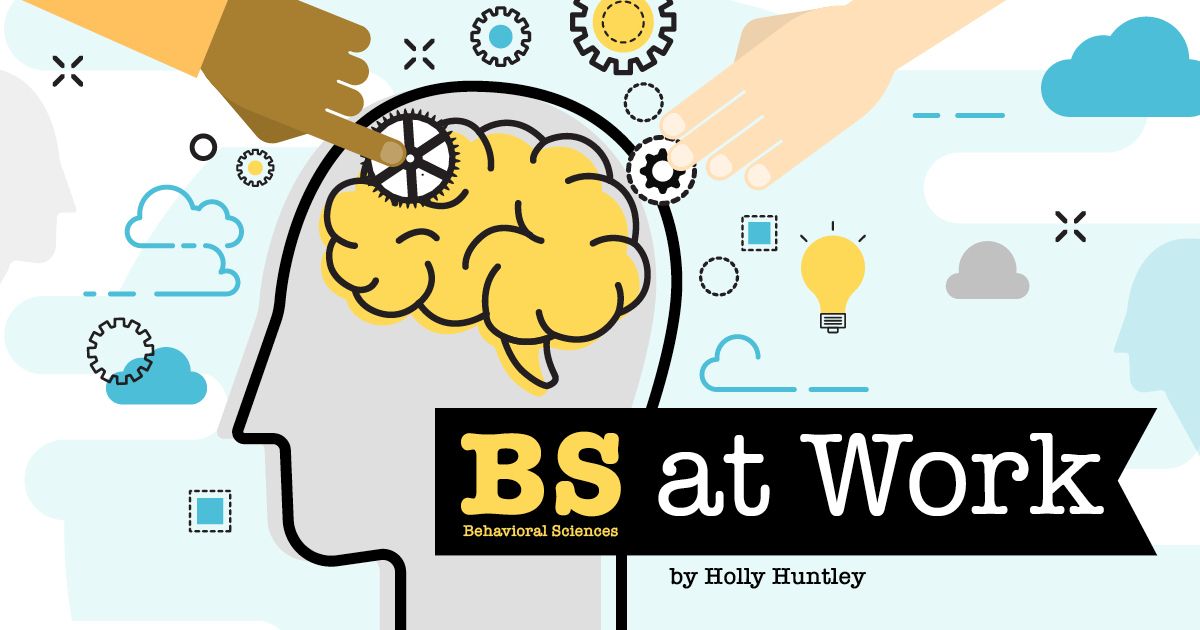Behavioral science—or “BS”—shows up at work every day, whether you realize it or not. My new blog series will explore how applying psychology to business, communications, leadership, and marketing can make a difference in achieving results.
With market research, we can understand how people make decisions and the unconscious and contextual factors that impact decision making. By understanding what motivates the audience to act we can create a strategy that is likely to change their behavior. And to overcome common cognitive biases, we can apply principles from behavioral sciences to design engaging creative.
Nudging Humans to Do the Right Thing
Prince George’s County Beautification Initiative and anti-littering campaign uses personification to engage a diverse audience. Discarded litter and illegally dumped bulky trash are the featured characters. If litter could talk, what would they think of human behavior? Using these characters, LMD set out to change behaviors based on some universal truths and a concept called “nudge marketing” coined by Nobel-Prize winning behavioral economist Richard Thaler and legal scholar Cass Sunstein.
Many local and county governments are applying principles from nudge marketing to create positive change. For the anti-littering campaign, we applied these four:
Do you have a project that could benefit from nudge marketing? Nudging for the common good or a social cause is what we do.
- Tap into unique motivators: The campaign is designed to change behavior for two types of residents and visitors to the County: “rubbish rebels” who need to understand the consequences of their actions; and “engaged citizens” who care about the environment but need more reinforcement and education. To reach these audiences with different messages, we used GIS data of litter hot spots throughout the County to target specific areas that needed to hear these messages the most. Then, we used a variety of strategies to deliver the messages, including on-the-go tactics to reach commuters and pass-through drivers (e.g., advertising on Spotify, Waze, highway billboards, and public transit).

Bus wraps remind residents and visitors to keep the community clean.
- Provide positive role models and create new social norms. Community engagement activities include recognizing those who serve as role models by demonstrating positive behaviors. The County also hired and trained a cadre of young people to serve as Clean-Up Cadets.

Bus stop signage throughout the County reminds residents and commuters to put trash in the right place.
- Create meaning and collective purpose. Additionally, our research showed that Prince Georgians are proud to live in the County. The campaign’s “Part of it. Proud of it.” slogan and logo ties the campaign together across multiple channels and partners—as well as the audiences’ intrinsic motivation to change and common purpose to protect the source of pride.

Bigbelly compactors were designed as colorful homes for the personified litter.
- Make it easy. To nudge behaviors, make the desired behavior easy and fun, and remove obstacles. For example, the Beautification Initiative uses solar-powered Bigbelly trash and recycling bins that send real-time updates to local collection crews when full. LMD wrapped the Bigbelly receptacles in colorful graphics that turned the bins into homes for the personified litter. The campaign characters are shown happily residing in the proper bin with the message “Give Litter a Home.” The Bigbelly receptacles also feature information to educate people on what items are recyclable. A QR code connects the user to the campaign microsite for more information and will be used for engagement throughout the life of the campaign.
Do you have a project that could benefit from nudge marketing? Nudging for the common good or a social cause is what we do.

